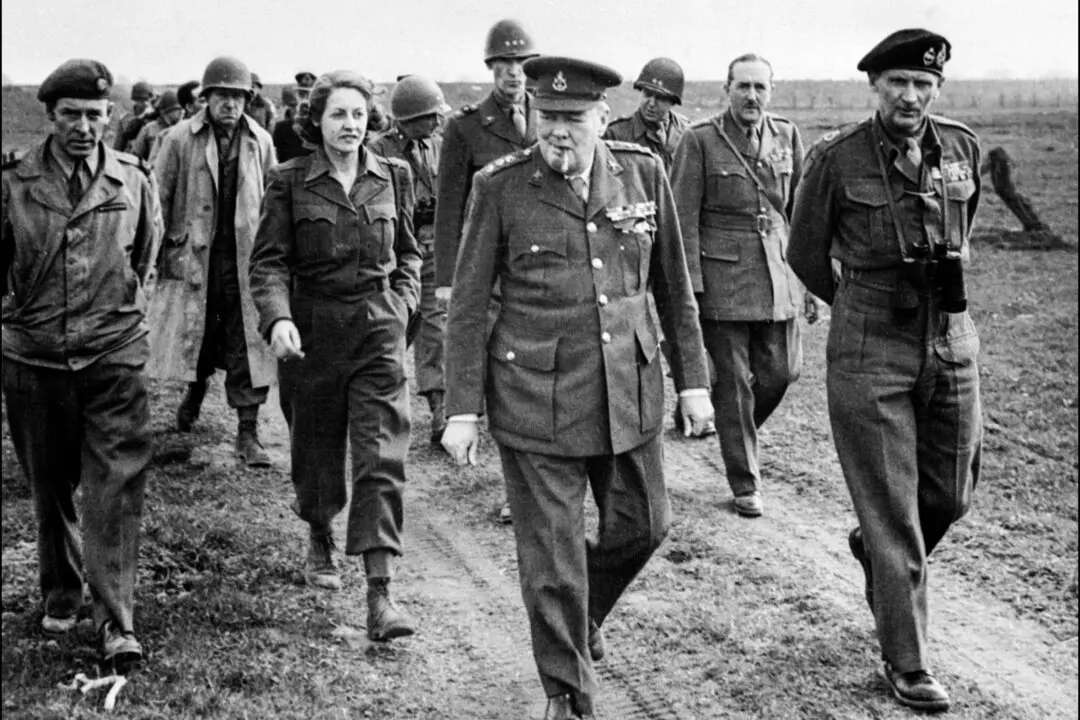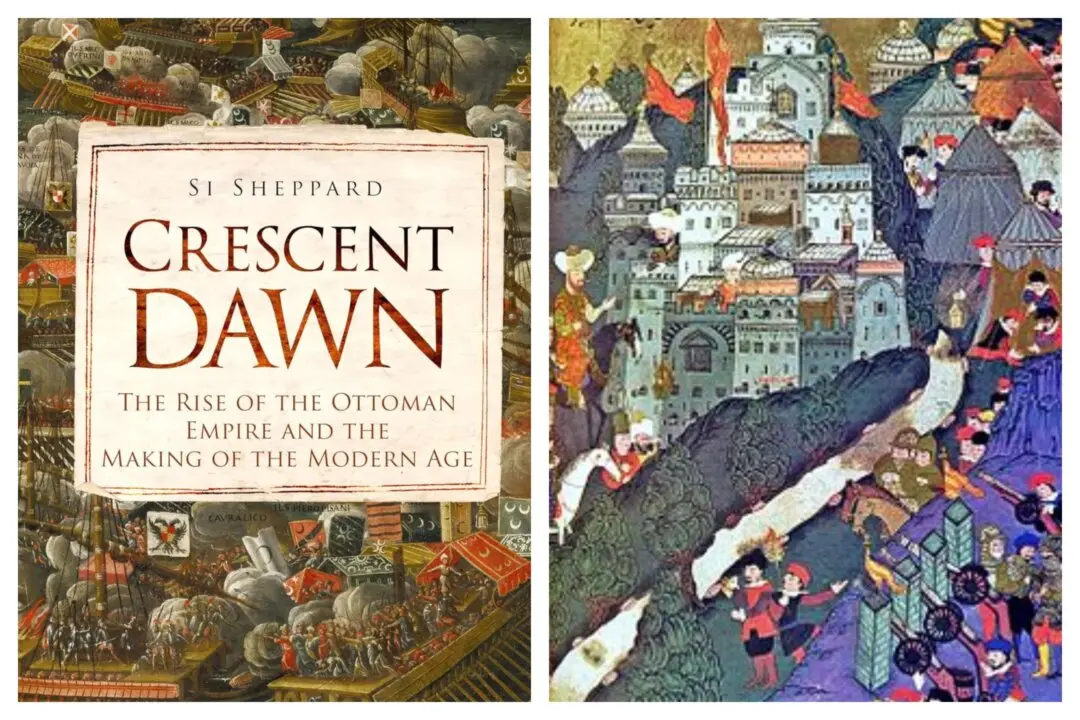The Hundred Years’ War is one of the most fascinating eras of the past millennium. The war between England and France in the 14th and 15th centuries created some of history’s most notable figures, from Charles V, known as “the philosopher king” to Henry V, perhaps most remembered fictionally from William Shakespeare’s play, to Edward the Black Prince, and to, of course, the heroine, Joan of Arc.
The latter is, though somewhat peripherally, the object of a new work by Philippe Gaillard. “Joan of Arc’s Army: French Armies Under Charles VII, 1415–53,” despite its title, only briefly discusses the historic French heroine. The short book focuses on the soldiers, military garb, weapons, and ranks of the French armies. These primary focuses are not solely the French, but the allies who fought with the French, such as the Welsh, Scottish, Castilians, Lombards, and Burgundians.






